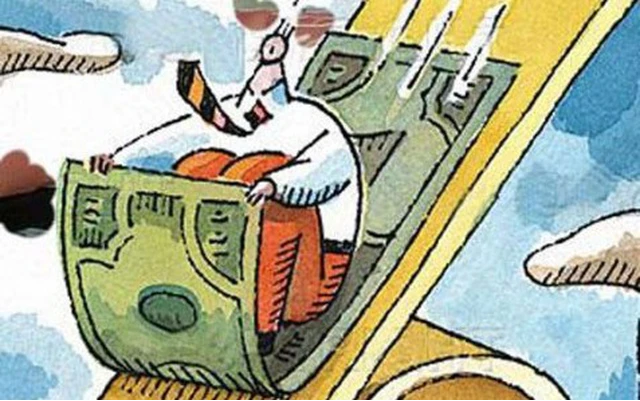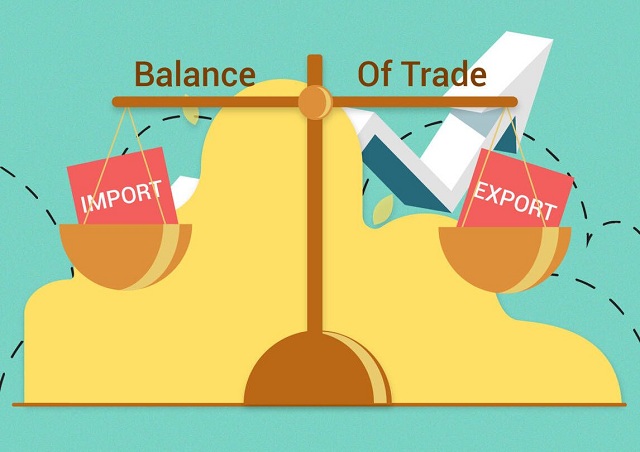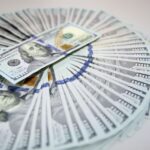The J-Curve: Understanding the Relationship Between Currency Devaluation and Trade
What is the J-Curve and how does it relate to currency devaluation?
The J-Curve illustrates the complex relationship between currency devaluation and a country’s trade balance. Initially, devaluation may lead to a worsening trade deficit as the immediate impact on import prices takes effect. However, over time, exports increase and imports decrease, forming the characteristic ‘J’ shape. |

Why does the trade balance initially deteriorate after currency devaluation?
Import contracts are often signed in advance, leading to immediate increases in import costs when denominated in domestic currency. On the other hand, exports typically react with a lag due to production and trade delays. |

What are the conditions for the J-Curve to be effective in the long run?
According to the Marshall-Lerner condition, for devaluation to improve the trade balance, the sum of the elasticities of exports and imports must be greater than 1. Otherwise, the long-term impact on the trade balance may not be significant. |
The Rising Dollar: A Sustained Surge
“The US dollar continued its upward trajectory last week, bolstered by two key factors: The Federal Reserve’s decision to maintain interest rates and the US-UK trade deal which eased concerns about global trade tensions. This week’s forex review highlights the greenback’s resilience and sets the stage for an interesting period ahead as markets react to these developments.”
The Exchange Rate Conundrum
The twin shocks of tariffs and excess liquidity are sending USD/VND soaring in the short term. However, a stable macroeconomic context equips Vietnam with the tools to regulate and curb systemic risks.
“US Products in High Demand in Vietnam”
“A plethora of prominent Vietnamese corporations have been importing a diverse range of products from the United States, spanning from aircraft and machinery to power plant turbines, electrical transmission systems, GPU chips, and essential raw materials. These imports from the USA are valued at several billion dollars, showcasing the significant economic relationship between the two nations.”
The US Retaliates with a 46% Tariff: What Does This Mean for Vietnam’s Inflation, Exchange Rates, Interest Rates, and Banking Sector?
I predict that inflation will remain within the government’s target and that it will be manageable. This provides a solid foundation and opportunity for the State Bank to harmonize its control tools.





















